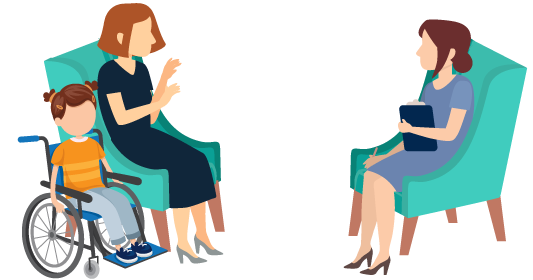Working in partnership
Voice of the child or young person
The use of pupil or person centred reviews ensures that children and young people have positive control over their lives by giving them a voice that people listen to.
They are often more informal and interactive than other styles of meetings. The child or young person can design how they would like their meeting to go.
Examples of good practice
- Ensure the review is personal to the individual.
- The communication method used must be appropriate in order to gain the true needs and aspirations from the child or young person, instead of the surrounding adults – avoid professional jargon.
- Other agencies can also be involved at an earlier stage when preparing the child or young person for their involvement in the meeting – this is much better than being in a room full of strangers on the day.
- Be clear on the school support and provision the child or young person can expect from the start.
- Actively listen.
- Use language appropriate to the development of the child or young person, and to the family’s culture and background.
- Listen to concerns; recognise and take account of signs of changes in attitudes and behaviour.
- Understand behaviour is a form of communication.
- Help the young person express themselves.
- Be able to provide information which is separately tailored for children and young people as well parent or carers.



